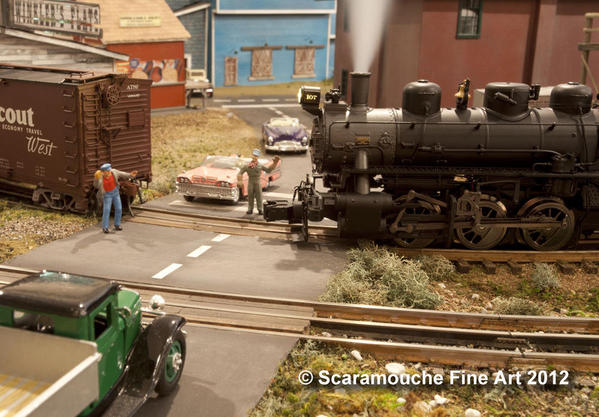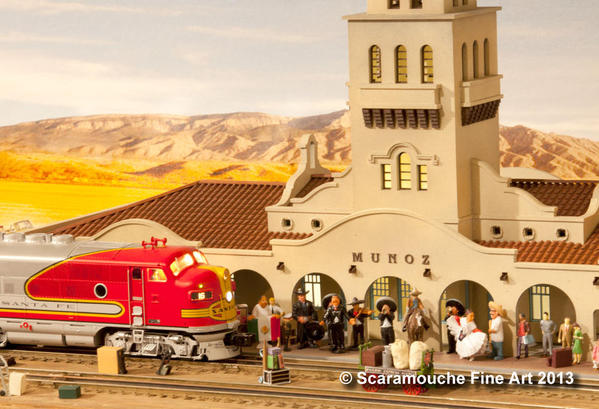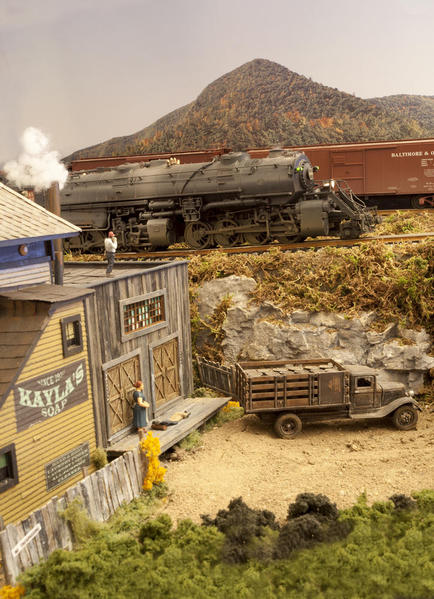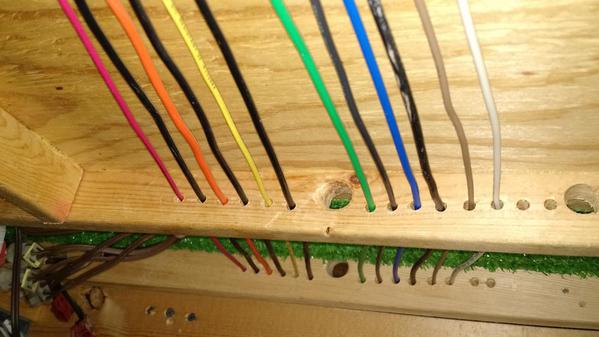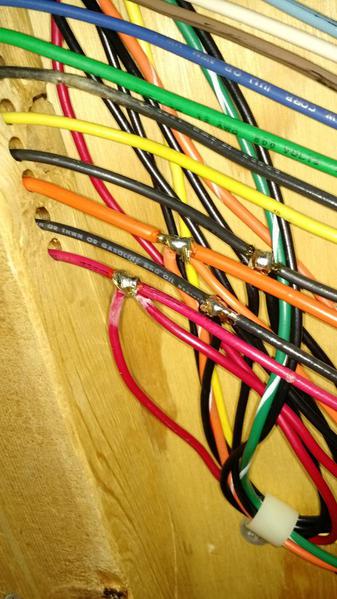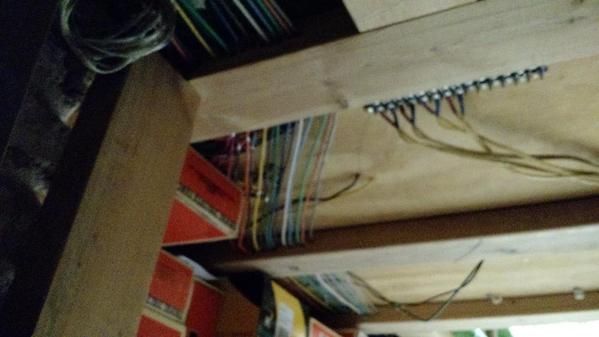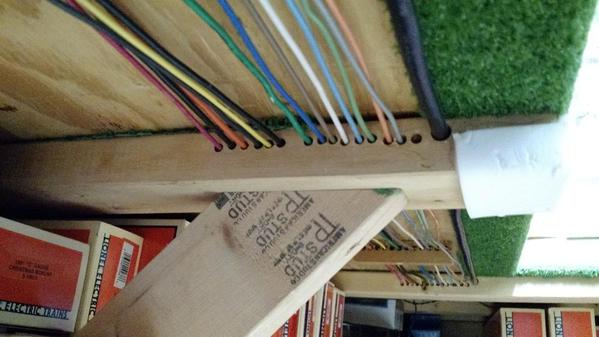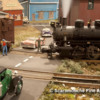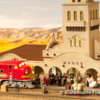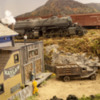Ron,
You are going to get LOTS of great advice here on the Forum and each question you ask is going to lead to several answers which will each lead to more questions and answers. The issue is going to be that most, if not all, of the advice will be very good. It is just that there are so many good alternatives to choose. Each of the modelers will have a preferred way of doing things and you will need to sort out which route is good for you.
Here are my suggestions:
1) Do as much planning as you can stand before you drive a screw. Play with as many track designs as possible. REMEMBER: Even if you use 3D software, problems will crop up with regard to what you can see and what you want to see when you start building.
2) Get as much advice as you can stand and ask as many questions as possible before you drive a screw. You have chosen a large layout size and that has its plusses and minuses. For a first layout, you are biting off quite a lot. Your investment in track and components, not to mention scenery will be considerable.
3) Go to train shows and have the folks demonstrate how they did things.
4) Watch Rich Battista's videos (of course) and buy the "How To" books on benchwork and wiring. Rich's videos are fantastic and it is very important to have pictures on site as you begin benchwork.
5) Make certain you plan spacing in your room BEFORE you drive a screw. Where are your lights? Your smoke detectors, your outlets? Will your room lighting and power be sufficient for what you want to do? FINISH the room first.
6) Decide on the most important parts of your layout BEFORE you design a track plan. Do you want a steam yard and roundhouse? Those items will EAT UP huge amounts of real estate and may leave you with radii that are a compromise. Putting a design element on a layout does not always give you the idea of spacing and radii. Other major areas of the layout will be impacted by your first choices. For example, a large steam yard will make it more difficult to make other large layout elements possible. If you have grades, decide on the elevations BEFORE you drive a screw. More than 3% grades will result in uncomfortable surprises when your favorite steamer cannot pull your passenger train to the station. KNOW what your locomotives can do BEFORE you build your grades !!!
7) Don't make mistakes bigger. If you make a major mistake, fix it properly so that it does not get compounded into another problem. For example, if you design a switch in a tunnel (Very bad idea), consider a re-design of your track plan BEFORE you build the tunnel !!!
8) Buy the best tools you can buy! A great chop saw is absolutely a requirement if you are going to do your own benchwork and finish before the year 2100. A good circular saw and jig saw and table saw. Don't have room in the house for those tools? You will probably want to consider pre-built benchwork.
9) The list goes on and on !!!!!
10) If you want to ask questions in real time, hit me with an e-mail and I'll give you a number where you can call me. At one time or another, we were all getting started. The OGR Forum helped me do everything you see below from the Munoz Lines.
